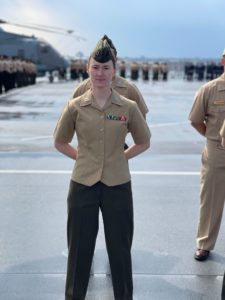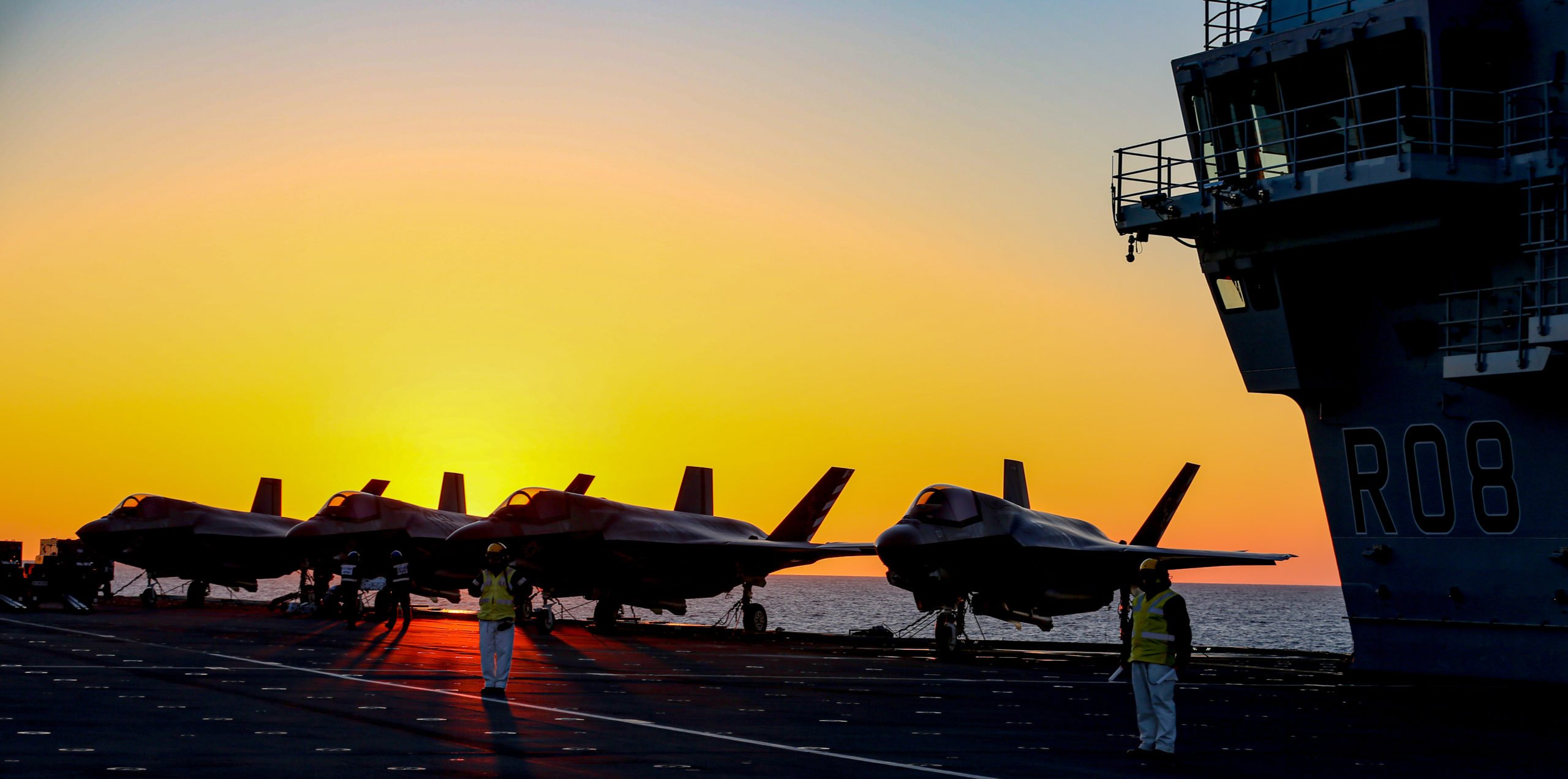By Robbin Laird
I spent parts of March and April this year in Australia and then flew to Hawaii where I visited PACFLEET and PACAF.
The Australians and the American commands are both working to build a path to enhance deterrence of China and then augment capabilities which work to reinforce that path. Force distribution, greater allied interoperability, significant C2 and ISR capabilities enabling the distributed force to operate as a kill web with enhanced capabilities to confuse adversary targeting are the key elements for reshaping the current force. Based on this effort, acquisition choices will either help or hinder augmentation of core capabilities to further realize this approach.
A key challenge in mission success is working effective ways for higher level commanders to work effectively with forces at the tactical edge which increasingly have ISR capabilities better than the commanders have with regard to that particular operational area.
How to proceed? As one Navy officer put it: “Higher headquarters must be able to see, understand, monitor, and adjust tactical headquarters that own battlespace and missions throughout the theater. Higher headquarters must have the ability to see, understand and occasionally direct. But those headquarters must have borders so the tactical commanders can exercise their own creativity to deliver the fires and effects where they are operating.
“The higher headquarters may have access to better information and when it does it needs to have the ability to reach out to the tactical level to tell them to do or not do something associated with the larger political and strategic picture.”
He felt that they were making significant progress in commanding a distributed force, which is a core element of shaping a force capable of deterrence in the Pacific. “We are capable of commanding from various locations and can be able to see and understand how to command in the battlespace dozens of ships, hundreds of aircraft, thousands of personnel.
“We are capable of seeing, understanding, and deciding what is going on in the battlespace, and tracking the enemy force using exquisite means way beyond a grease pencil and a radio call. We can and do so through links and sensor from the sea floor to the heavens.”
During my visit to MAWTS-1 in November 2023, I had a chance to talk about how the intelligence aspect of working in mission command and the evolving ISR environment was being experienced by a USMC intelligence officer. I met with Capt Liggett, a MAGTF Intelligence Officer, a U.S. Naval Academy graduate whose generation will experience very significant dynamic decades of change of both ISR and counter-ISR dynamics.
Prior to coming to MAWTS-1, her experience has been in supporting fixed wing aircraft and their mission planning. She has worked with VMFA-211 and served on the Queen Elizabeth during the Marines operating their F-35Bs from that ship. This is a very unique experience for the British carrier was built especially to operate the F-35s and has information warfare and intelligence facilities built on the ship especially for F-35 capabilities. When I visited the ship when it was being built in Scotland, I saw those facilities being built and their functionality was explained to me at the time.

Capt Liggett indicated that coming to MAWTS-1 has broadened her experience and allowed her to work the intelligence function for the mission planning of the entire air capability of the USMC, including rotorcraft and the new addition to the force, the Reaper.
I highlighted that with the kind of ISR at the tactical edge which forces have this changes the dynamic between intelligence that comes from other sources and the dialogue that goes on between operators and the intelligence function.
Capt Liggett discussed that dynamic in the following terms: “We need to communicate back and forth to ensure that we have most updated information to pass on. We are active participants in this process and working to ensure that from a collection point of view we are looking in the right locations and refining information with regard to the operational area. The challenge is to pass data effectively to the right people at the right time and make sure we have access to resources that enables us to do that. We are also informing our pilots of what we can know and what we can’t from the particular resources available to us at a particular time.”
She indicated that “we are generally cueing the intelligence data and the operators at the tactical edge are then taking that with what they see in real time to prosecute targets.”
In my view, with the growing capability of ISR inherent in the force at the tactical edge – with F-35s and other local intelligence capabilities – the dialogue with the intelligence analysts and sources beyond the tactical edge with those at the tactical edge is a key part of shaping operations going forward.
Featured Image: F-35B Lightning II with Marine Fighter Attack Squadron VMFA-211 and the United Kingdom’s 617 Squadron, both Carrier Strike Group 21, are secured to the flight deck aboard HMS Queen Elizabeth at sea on May 06, 2021. VMFA-211 and 617 Squadron will form of the largest 5th-generation carrier air group in the world. This deployment highlights the global reach of the U.S. and UK armed forces and their interoperability, and enhances the deterrence and defense capabilities of combined force.


